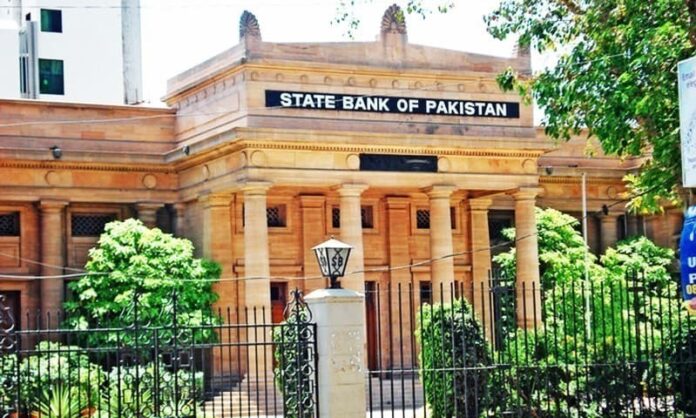Pakistan is likely to return $2 billion of Saudi Arabian loans and is looking for different options to obtain more loans to retain gross official foreign reserves at their current level of over $12 billion.
Sources informed Pak Revenue that the second $1 billion Saudi loan tranche is due next month and the government is likely to return the money two years after the loans, the sources added.
Originally valued at $6.2 billion, the Saudi Arabian financial assistance package helped Prime Minister Imran Khan’s government avert looming defaults on foreign debt obligations.
It’s a confidential bilateral issue,’ the Ministry of Finance said in a terse reply on Friday.
However, on condition of anonymity, a top government official said that there is a chance that Pakistan will return the money next month.
Although there was hope that contacts at the political level could help persuade the Gulf countries to extend these loans for another year, the odds were not large, sources from the Finance Ministry said.
Prime Minister Imran Khan flew to Saudi Arabia twice after coming to power to secure the package, which offered room for the first-time PTI government to negotiate an agreement with the International Monetary Fund (IMF).
Saudi Arabia has agreed to provide Pakistan with a $6.2 billion financial package for three years. This included $3 billion in cash assistance and an annual supply of oil and gas on deferred payments worth $3.2 billion.
As per the arrangement, for a term of three years, the Saudi cash and oil facility had an option to roll over the balance at the end of the year for one year.
According to the details that the Ministry of Finance shared with the National Assembly, Pakistan charged 3.2% interest on the $3 billion facility. Saudi oil facilities have already been suspended, though Pakistan has also repaid $1 billion to Saudi Arabia out of $3 billion this year in May.
According to the sources, the government is exploring various options for repayment of the Saudi loan, which is booked on the State Bank of Pakistan balance sheet.
A senior official in the finance ministry said Pakistan could get $2 billion from China, as it did last time it paid $1 billion back to Saudi Arabia. The official did not clarify whether the Chinese loans would be concessional loans or business loans.
Chinese authorities have expressed private concerns about slow progress on the China Pakistan Economic Corridor (CPEC), but due to the strategic nature of the links, they are likely to bail out Islamabad, the sources said.
Nor has the government been able to revive the suspended $6 billion IMF scheme, which makes it difficult for it to continue its uninterrupted foreign inflows. The sources said that if the IMF programme is not restored in the near future, inflows from the World Bank will start to dry up.
For Prime Minister Imran Khan, whose government is already facing criticism for constantly high inflation, the IMF is not yielding on the two conditions of implementing a mini-budget and rising electricity tariffs, which has complicated matters.
Program loans from the other two multilateral lenders have also been crucial in repaying $10.6 billion in maturing loans in the current fiscal year, excluding Saudi and UAE debt. Pakistan’s approximately $12.2 billion gross official foreign currency reserves are mainly created by taking out foreign loans.
To cushion its reserves, Pakistan has also used a $3 billion Chinese trade financing facility. The $3 billion facility, which Pakistan has agreed to require China to rollover, will also expire in May of next year.
As of September this year, under the forward and currency swap agreements, the central bank has also borrowed $5.8 billion from commercial banks, SBP reports said.



